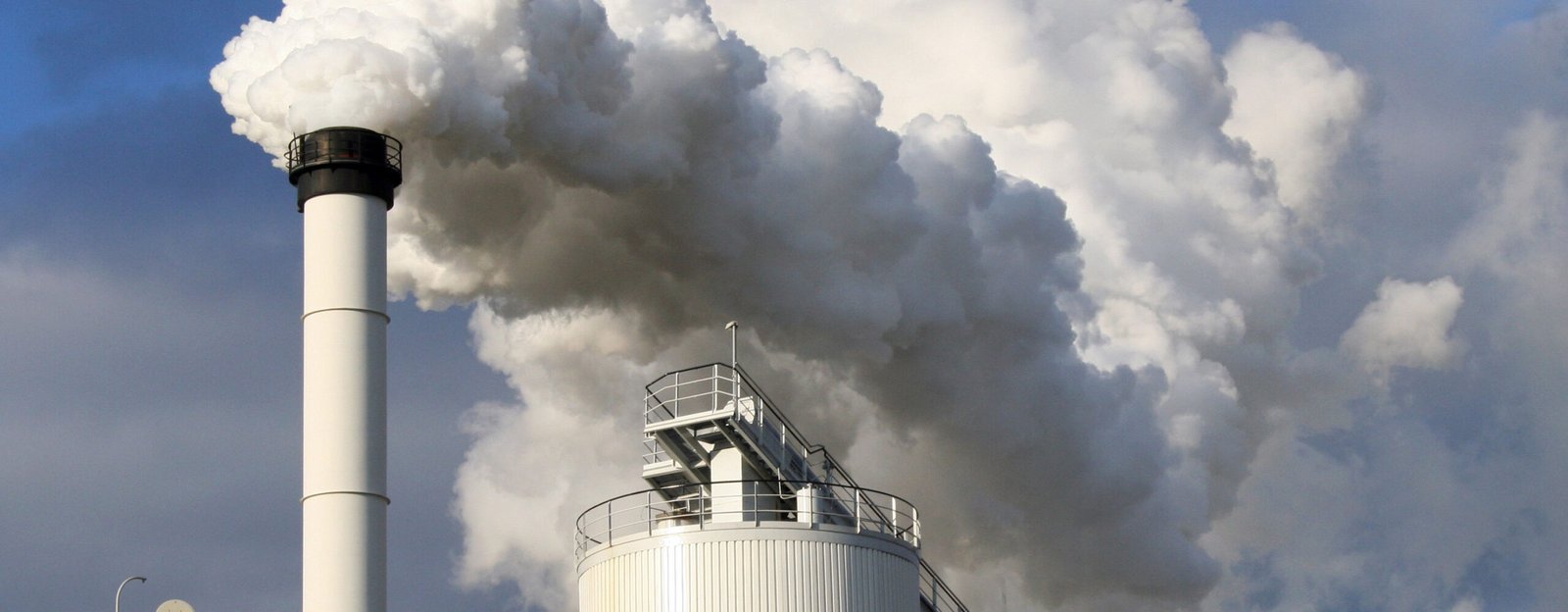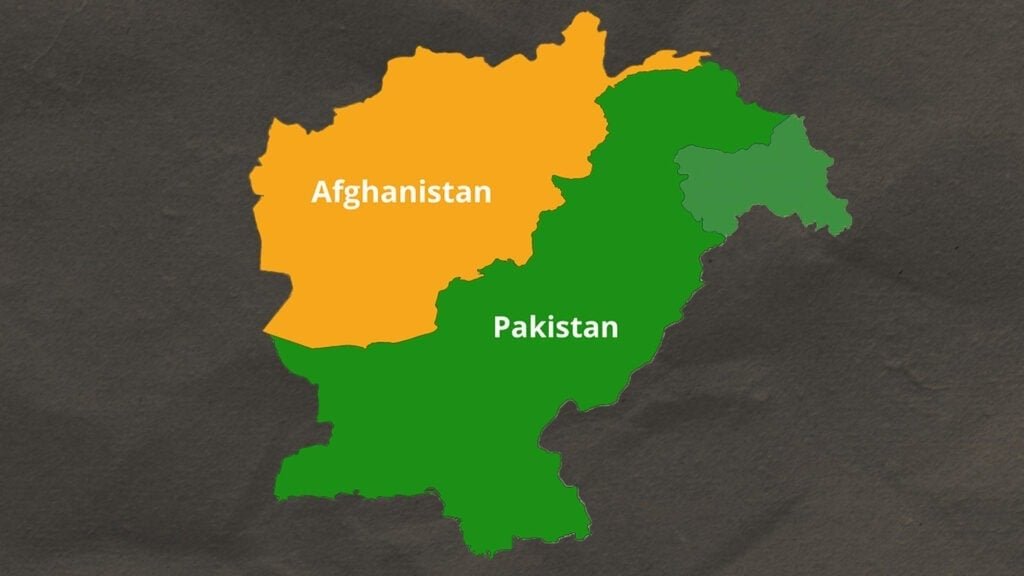Dr Shabana Safdar Khan
The air quality index (AQI) is a measure of how clean or polluted the air is based on the concentration of various pollutants in the air. Different countries have different standards and methods for calculating AQI, but generally, it ranges from 0 to 500, with higher values indicating worse air quality. AQI is usually reported for five major pollutants: particulate matter (PM), ozone (O3), nitrogen dioxide (NO2), sulfur dioxide (SO2), and carbon monoxide (CO). Each pollutant has a different health effect and a different source of emission. AQI can help people understand the health risks of breathing polluted air and take preventive actions to protect themselves and the environment.
Air pollution is the presence of harmful substances in the air that can damage the health of living beings and ecosystems. Air pollution can be caused by natural sources, such as volcanic eruptions, dust storms, wildfires, and pollen, or by human activities, such as burning fossil fuels, industrial processes, agriculture, waste disposal, and transportation. Air pollution can have local, regional, and global impacts, depending on the type and movement of the pollutants. Some of the effects of air pollution include respiratory diseases, cardiovascular diseases, cancer, acid rain, smog, climate change, and ozone depletion.
Please, subscribe to the website of the republicpolicy.com
There are many different types of air pollutants, such as gases (including ammonia, carbon monoxide, sulfur dioxide, nitrous oxides, methane, and chlorofluorocarbons), particulates (both organic and inorganic materials), and biological molecules. Some of the common forms of air pollution are:
Particulate matter (PM): These are tiny solid or liquid particles that are suspended in the air. They can be composed of various substances, such as dust, soot, smoke, metals, organic chemicals, pollen, and bacteria. PM can be classified by size into PM10 (particles with a diameter of 10 micrometres or less) and PM2.5 (particles with a diameter of 2.5 micrometres or less). PM can penetrate deep into the lungs and cause various health problems, such as asthma, bronchitis, lung cancer, and heart attacks. PM can also reduce visibility and affect the climate by scattering or absorbing sunlight.
Ozone (O3): This is a gas that is formed when oxygen molecules react with other pollutants in the presence of sunlight. Ozone can be beneficial or harmful depending on where it is located. In the upper atmosphere (stratosphere), ozone forms a layer that protects the Earth from harmful ultraviolet radiation from the sun. However, in the lower atmosphere (troposphere), ozone is a major component of smog that irritates the eyes, nose, throat, and lungs. Ozone can also damage crops and vegetation by reducing their growth and productivity.
Nitrogen dioxide (NO2): This is a gas that is formed when nitrogen oxides (NOx) react with oxygen in the air. NOx are emitted from various sources, such as vehicles, power plants, factories, and fires. NO2 contributes to the formation of ozone and PM in the air. NO2 can also cause respiratory problems, such as inflammation of the airways, coughing, wheezing, and asthma attacks. NO2 can also affect the environment by increasing acid rain and eutrophication (excessive growth of algae) in water bodies.
Sulfur dioxide (SO2): This is a gas that is formed when sulfur-containing fuels, such as coal and oil, are burned. SO2 is also emitted from volcanoes and other natural sources. SO2 contributes to the formation of PM and acid rain in the air. SO2 can also cause respiratory problems, such as bronchoconstriction, asthma exacerbation, and chronic lung disease. SO2 can also affect the environment by damaging plants and animals by reducing their ability to photosynthesize and respire.
Carbon monoxide (CO): This is a gas that is formed when carbon-containing fuels are burned incompletely. CO is also emitted from vehicles, fires and oil. CO can cause a number of respiratory and other health issues.
Please, subscribe to the monthly magazines of republicpolicy.com
Pollution is a severe problem in Pakistan that affects the health and well-being of its people and the environment. According to national research, Pakistan is among the top 10 most polluted countries in the world. There are many causes and effects of pollution in Pakistan, such as vehicle emissions, power plants, industry, smoking, deforestation, plastic waste, water scarcity, and climate change. Therefore, a comprehensive strategy must be chalked out by the federal, provincial and other institutions to tackle the rising problem of air pollution. Therefore, it is vital to implement and enforce strict regulations on the production, use, and disposal of plastic products, such as banning single-use plastic bags, imposing fines on violators, promoting recycling and reuse, and supporting alternative materials. Equally important is to improve the efficiency and sustainability of the energy sector, such as shifting to renewable sources of energy, reducing fossil fuel consumption and emissions, upgrading the infrastructure and technology, and encouraging energy conservation and efficiency.
Furthermore, enhancing water management and conservation practices, such as improving the irrigation systems, reducing water losses and wastage, increasing water storage capacity, promoting rainwater harvesting and groundwater recharge, and ensuring safe and equitable access to water for all, is vital. Accordingly, Raising awareness and education among the public and stakeholders about the causes and effects of pollution and the benefits of environmental protection, such as conducting campaigns, workshops, seminars, media programs, and school curriculums, is essential. The creation of awareness is vital for informing people about the health hazards of pollution and amending life patterns accordingly. In this regard, governmental and social institutions can play a more significant role in making people know about the health hazards of pollution.
There is a need to foster collaboration and cooperation among the government, civil society, private sector, academia, media, and international organizations to address the pollution challenges and implement effective solutions, such as developing policies, plans, strategies, standards, incentives, monitoring systems, research projects, and best practices. In this regard, the national and provincial departments should lead the process of tackling the pollution. Also, it is important to implement policies and plans to control pollution. The writ of the government in implementing the policies to curb the flow of air pollution is vital. Without implementing the writ of the state, the pollution issue might not be settled.















